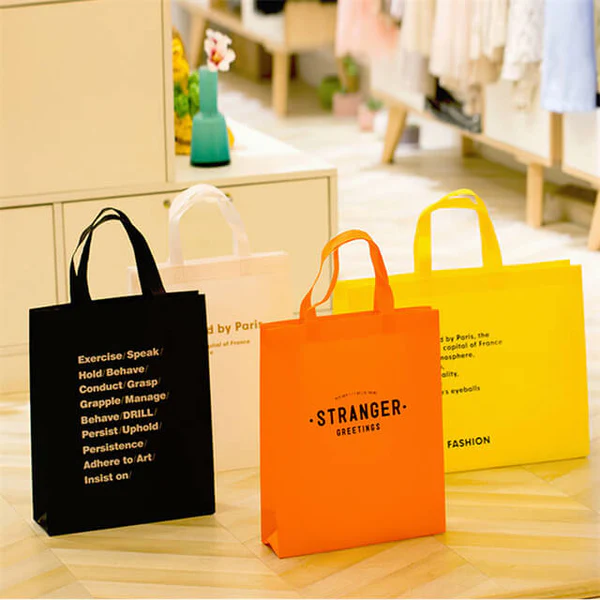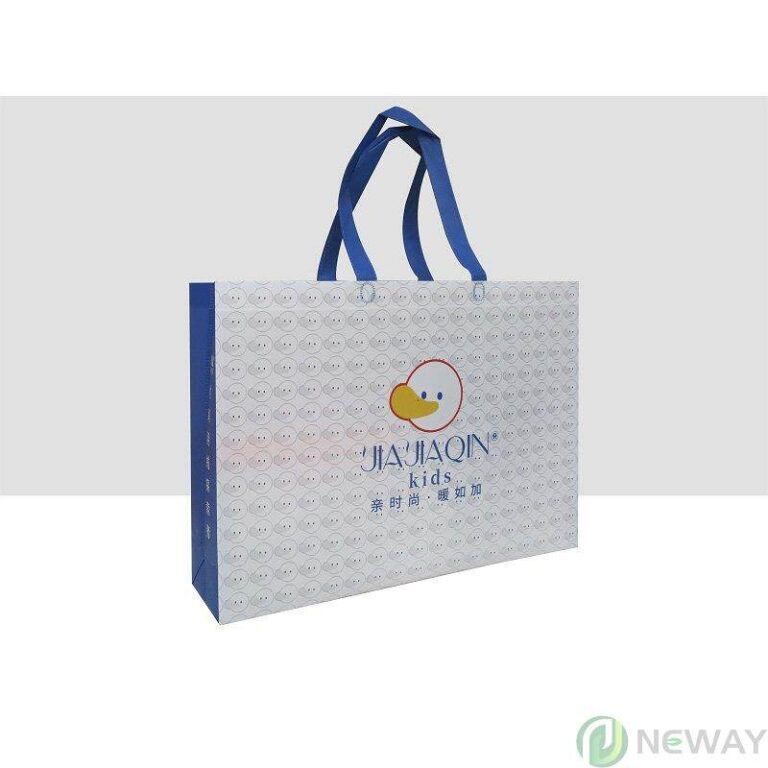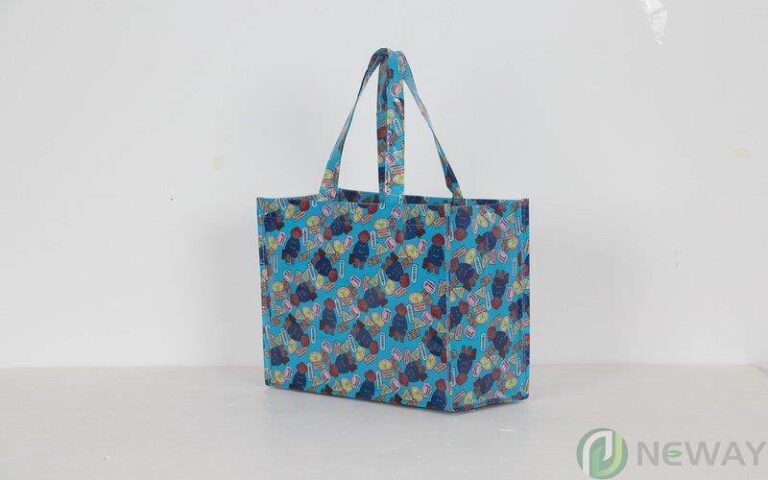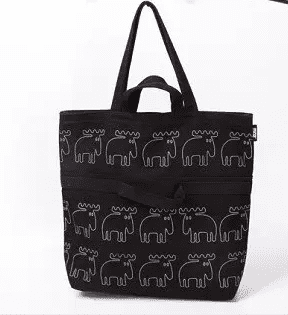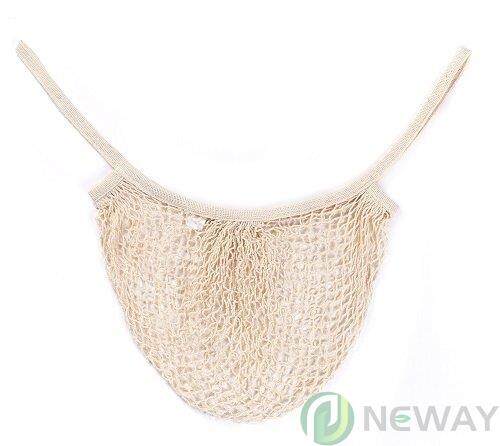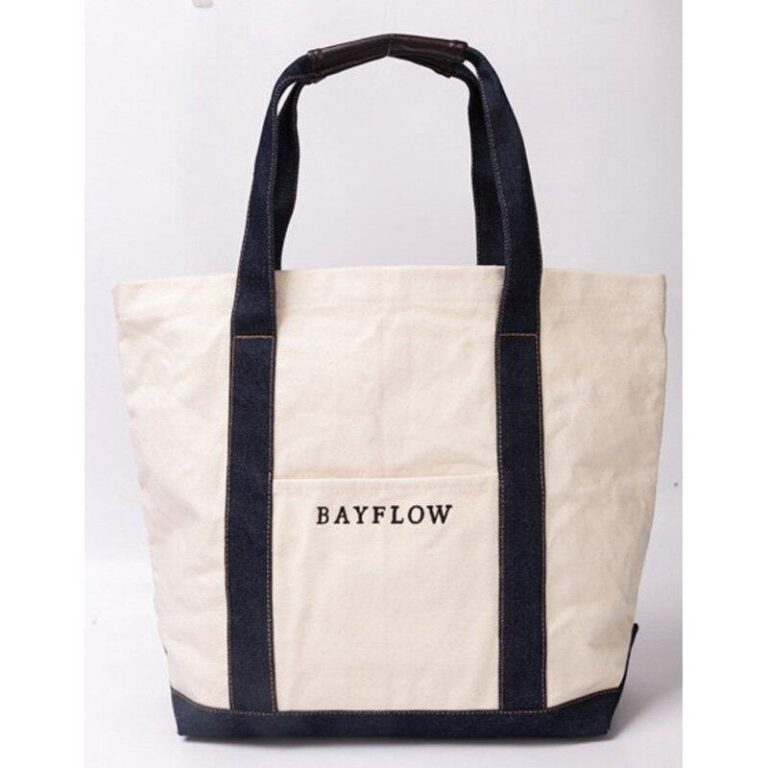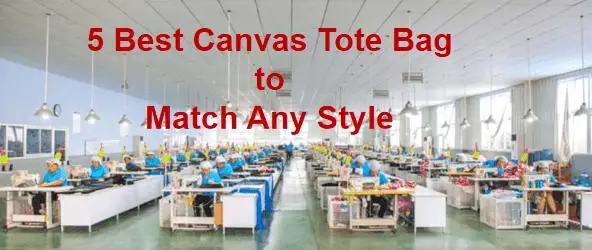Woven VS Non Woven Bags: What Are The Differences?
As a leading shopping bag manufacturer, ToteBagSupplier frequently encounters queries regarding the distinctions between woven and non woven bags. Although both types of bags are crafted from recycled materials and bear a resemblance in appearance, their differences are noteworthy. In this comprehensive guide, we’ll delve into the specifics, including the woven vs non woven grow bags debate, highlighting what sets these two bag types apart.
Woven vs Non Woven Bags: Divergence in Production Techniques
The production technique stands as the primary distinction when comparing woven and non-woven bags. Woven bags are composed of fabric produced by interlacing threads in a crisscross pattern, resulting in a robust and resilient material. Conversely, non-woven shopping bags are created from fibers bonded through heat, adhesives, or ultrasonic waves—a process that differentiates non-woven material by its absence of traditional weaving or knitting. This fundamental difference impacts the texture and strength, with non-woven shopper bags typically being less rugged than their woven counterparts.
Woven vs Non Woven Bags: A Contrast in Advantages
The inherent differences in material composition and structure between woven and non woven bags confer distinct advantages upon each during practical use. Here we explore the benefits unique to each type:
Advantages of Woven Bags
● Durability is a hallmark of woven bags due to their construction method, enabling repeated use and contributing to their sustainability.
● Maintenance is straightforward as woven bags can be laundered in a washing machine, ensuring they remain clean with minimal effort.
● Customizability is a feature of woven bags, available in laminated or matte finishes, offering diverse aesthetic options to complement any personal style.
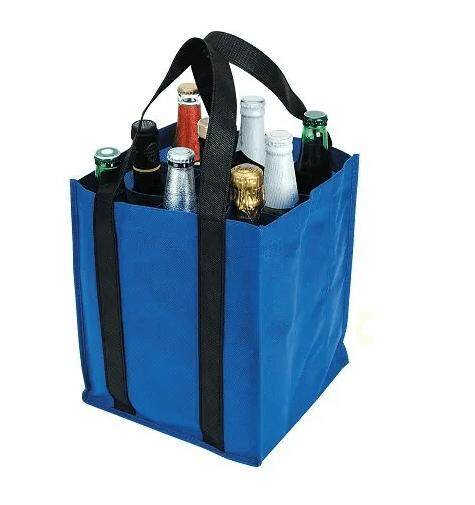

Non Woven Carrier Bag
Benefits of Non Woven Carrier Bags
● The non woven fabric combines strength with lightness, making non woven carrier bags convenient for everyday use.
● Environmental impact is considered in non woven bag production; these bags are 100% recyclable and biodegradable, leaving no toxic residues.
● Affordability marks non woven bags as cost-effective due to efficient manufacturing processes, often making them more economical than woven alternatives.
● Versatility in application and customization is seen in non woven carrier bags, with extensive printing and design choices for personal or promotional use.
● Promotional effectiveness is an added benefit of custom printed non woven bags, serving as mobile advertisements for your brand through user circulation.
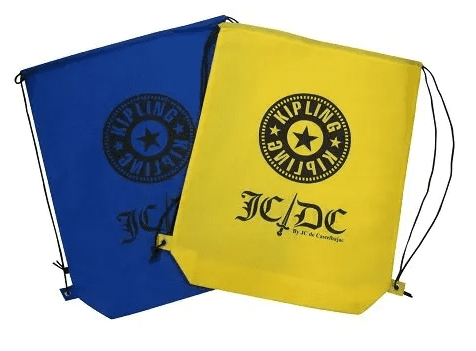

●Forth, the non woven carrier bag is more versatile than their woven bag counterparts. The non woven carrier bag has a broader range of applications and provides wider options for printing and customization options.
●Fifth, custom printed non woven bag is a good way to the advertisement. Because of the wide option for printing and customization options in the non woven carrier bag, you could print your brand on the bag and as the promotional bag. The non woven promotional bag could be the best advertising method as the users carry the bag everywhere and let more people learn about your brand.
Woven vs Non-Woven Bags: Comparative Drawbacks
Recognizing the unique advantages also brings to light certain drawbacks inherent to each bag type. The non woven shopping bag’s lesser durability and unsuitability for washing contrast with the woven bag’s lack of water resistance – a factor to consider based on the intended use.
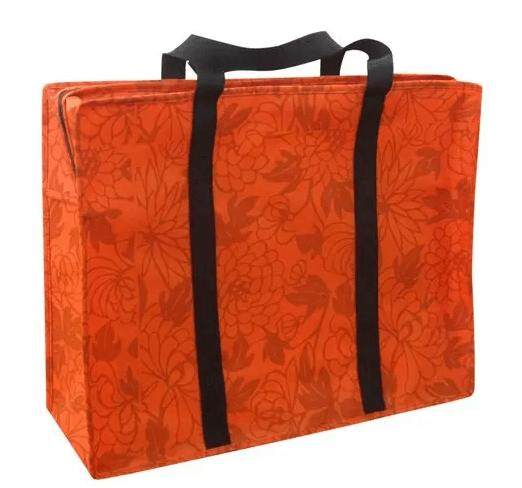

Conclusion
In conclusion, understanding the difference between woven and non-woven bags is crucial for making an informed choice that aligns with your needs. ToteBagSupplier, an expert in non woven fabric bags manufacturing, offers an extensive selection that includes pp woven laminated bags, non woven gift bags, and more, catering to both functional requirements and environmental concerns.

